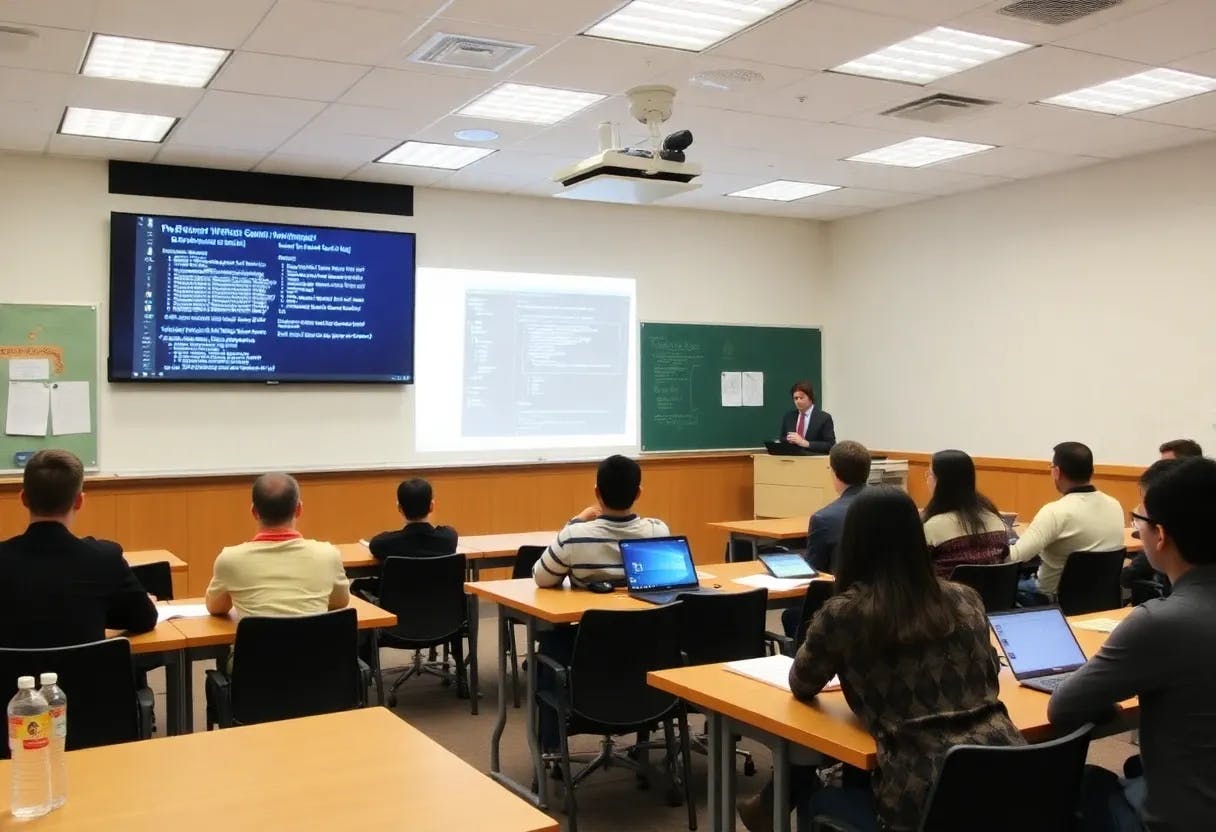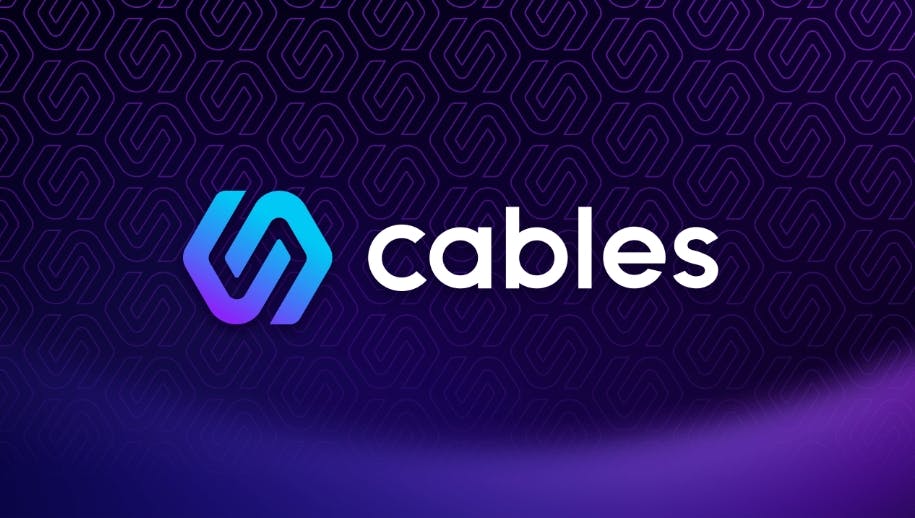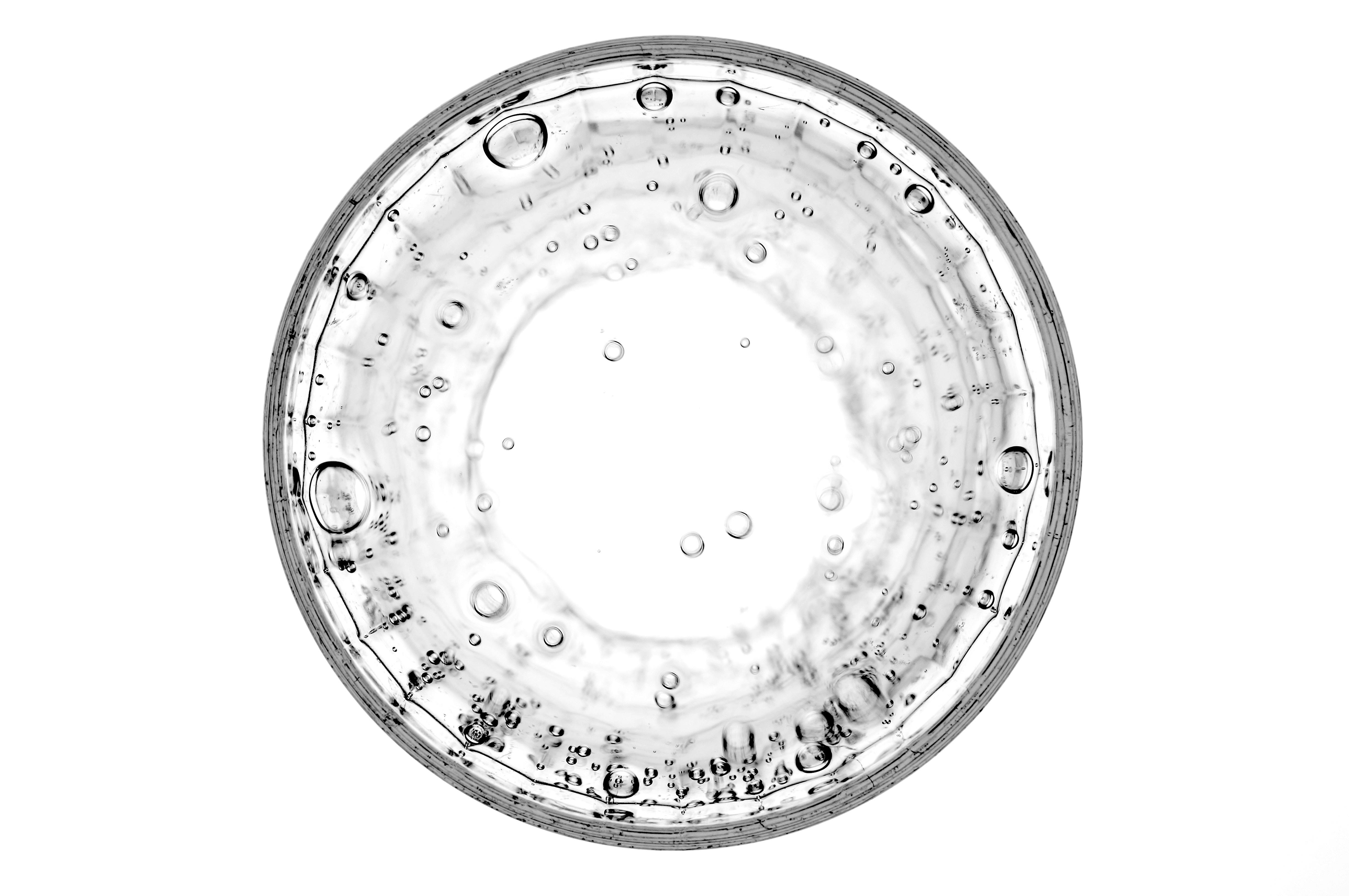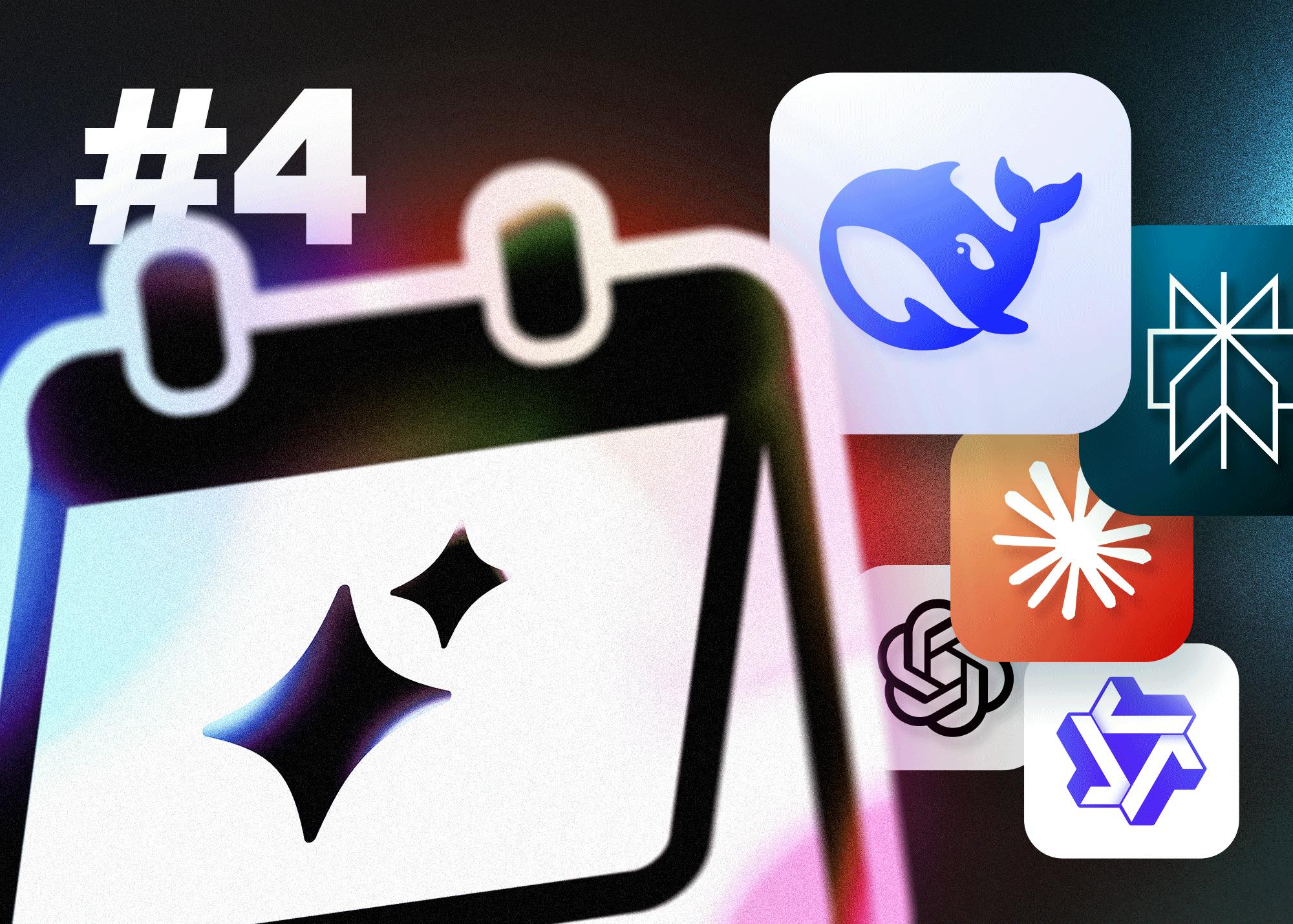Table of Links
Abstract and 1. Introduction
2 Literature Review
3 Approach
3.1 Problem Structure & Dynamic Scaffolding
3.2 Informal Assessment & Feedback
3.3 Pair Programming Dyad
3.4 Course Structure
4 Discussion
5 Conclusion
6 Acknowledgements and References
3.2 Informal Assessment & Feedback
PSS applies the idea of a desk crit from architecture design studios, where instructors give “informal formative assessment” to students through a discussion of their work (Dinham, 1987). In the PSS framework, instructors provide this feedback and assessment through asking unobtrusive, open-end questions (Le Doux and Waller, 2016). For example, the dialog can be initiated by asking questions such as “How are you doing?”, “What are you working on now?”, or “Are you making progress?” can open a dialog that can provide specific instruction, assistance, or feedback to the pair. The initial question enables the instructor to quickly determine the status of the student pair. From there more intentional and specific questions can be asked to promote deeper thinking (Raths, 1967). These dialogues are effective opportunities to discuss how the students solved a problem, what issues they are stuck on, alternative solutions, get help on practical issues, starting problem solving, conventions regarding design and communication of solutions, ways to an improve a solution, clarify conceptual misunderstandings, and so on. Also, it is natural during these dialogues to enact dynamic scaffolding by adjusting the problem difficultly up or down based on how the pair is performing. Further, these dialogues are a good time for individualized help. Naturally over both the class period and the course of the semester, the need for support diminishes and the pairs work effectively on their own. Instructors can also get a sense of which topics or methodologies the entire class is struggling with versus individual students. This feedback for the instructor can help them improve their lectures or demonstration sessions as well as the PSS sessions themselves. This means the course design can be adjusted on-the-fly or improved for the future. If many pairs are struggling with the same issues, the instructor can stop the PSS and give some brief instruction or clarification to the entire class. What this feedback provides is a means for the instructor to identify “troublesome knowledge” that the students are struggling to learn. With these insights, the instructor can provide targeted instruction and clarification to specifically address these difficult topics (Perkins, 2006).
In our adaptation of PSS for CS, we incorporated the desk crit in two different ways. First, these dialogues are engaged informally as the student pairs work on problems. More time is focused on the pairs that were struggling the most to provide extra support. For the more advanced students, desk crits are more of a time to suggest improvements or alternative solutions. Secondly, the desk crits are employed when a pair finishes a problem. This is a good time to provide extra encouragement, feedback, improvements, etc. Further, it is a good way to informally assess student progress and ability by tracking both the number of problems a pair finishes and the amount of time they need.
In general, the desk crit is a good way to provide individualized instruction. Struggling students can get help with the practical or conceptual problems they have. More advanced students can be challenged to think more deeply about the problem or improve the presentation or design of their solution. This kind of individualized instruction corresponds well to the student’s ZPD.
Naturally an instructor can only provide feedback to one team at a time. To handle larger class sizes, teaching assistants can be utilized to give feedback and other guidance to student pairs. This was notable part of the original PSS design (Le Doux and Waller, 2016), however did not find the use of teaching assistants necessary for our adaptation.
Author:
(1) J. Walker Orr, Electrical Engineering and Computer Science, George Fox University, Newberg, OR, 97132, USA ([email protected]).










